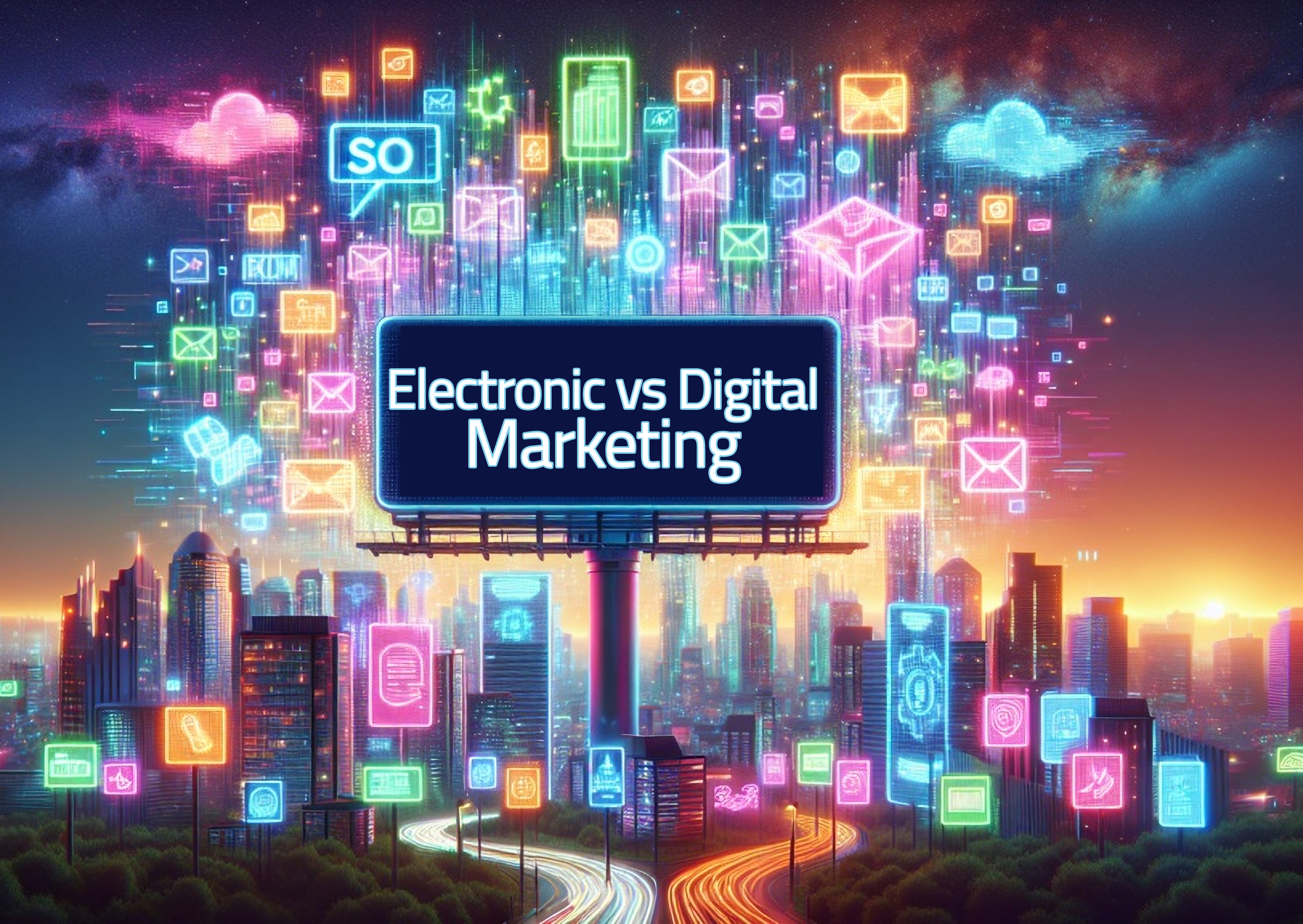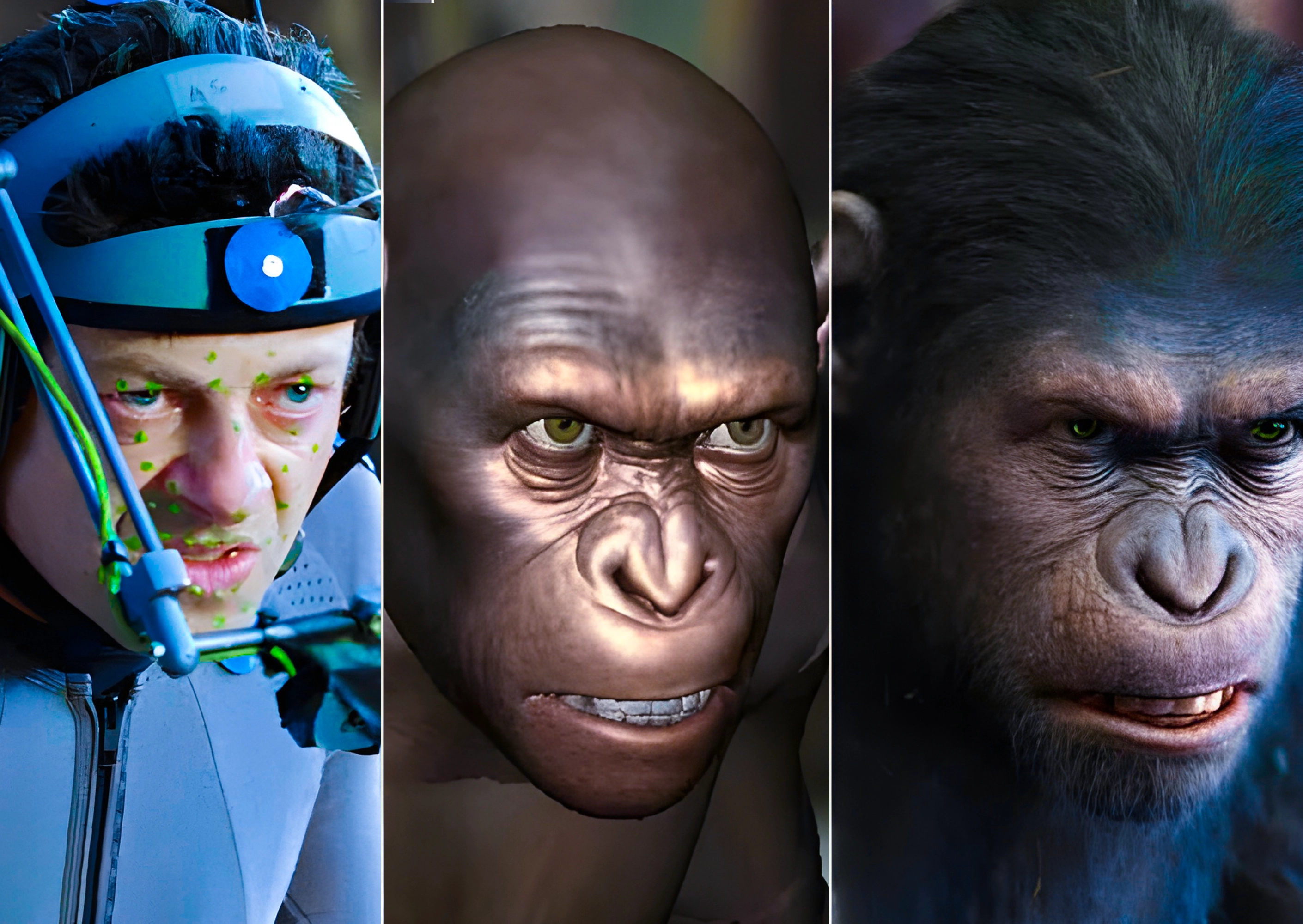
In the world of digital marketing and video production, motion graphics has become one of the most powerful visual tools to grab audience attention. Among the elements that enhance video quality are motion graphics transitions. They are not just movements between scenes but a strategic tool used to improve flow, increase professionalism, and strengthen the marketing message.
What Are Motion Graphics Transitions?
Motion graphics transitions are visual movements that connect one
scene to another within a video. Instead of a direct cut,
transitions provide a smooth and visually impressive experience,
making viewers more engaged with the content.
Types of Motion Graphics Transitions
1. Shape Transitions Based on geometric shapes (circles, squares, lines) to move creatively from one scene to another.
2. Text Transitions Text appears, changes, or disappears gradually to make space for the next scene.
3. Color Transitions A gradual change in colors creates a sense of harmony or excitement.
4. Camera Transitions Simulate camera movements like zoom in/out or pans to give a realistic and dynamic effect.
5. 3D Transitions Add an extra layer of depth by rotating or flipping elements in three-dimensional space.
Why Are Motion Graphics Transitions Important?
• Increase attention: They make the viewer more engaged.
• Add professionalism: They give the content a modern and polished look.
• Support the message: They highlight important points and connect ideas.
• Improve viewing experience: They make videos smoother and easier to follow.
Practical Examples of Using Transitions
1. Commercials: Keep the viewer engaged with the marketing message.
2. Educational videos: Move smoothly between pieces of information to avoid boredom.
3. Social media content: Make short videos on Instagram and TikTok more attractive.
4. Corporate presentations: Present data and slides in a more visual and engaging way.
How to Choose the Right Transition
- • Content type: Formal videos need calm transitions, while entertainment works well with fast ones.
- • Brand identity: Colors and movement should match the brand’s personality.
- • Target audience: The younger the audience, the more creative and bold the transitions should be.
Conclusion
Motion graphics transitions are not just small details; they are an essential part of making videos more valuable, engaging, and impactful. With the right use, transitions can be the key to success in any marketing campaign or visual project. Start adding motion graphics transitions to your next work, and you’ll notice a big difference in content quality and viewer experience.
































